


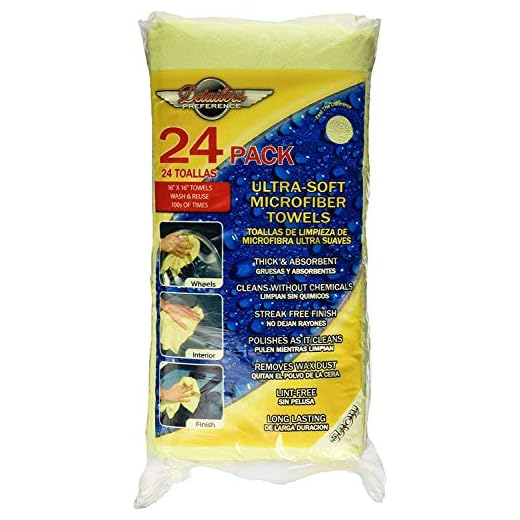
For thorough maintenance of your vehicle, a high-pressure cleaning unit can be beneficial, but caution is crucial. I recommend opting for a lower pressure setting, ideally around 1200 to 1900 PSI, to avoid damaging sensitive components such as paint and trim. This balance ensures efficient removal of dirt without risking harm.
Apply a dedicated automotive cleaning solution beforehand, allowing the product to adhere to surfaces for optimal results. Rinse with a fan-shaped spray nozzle from a safe distance of at least two feet, directing the stream along the car’s body lines to minimise potential chipping or scratching. Focus on wheels and wheel wells, as they often accumulate stubborn grime.
Remember to avoid vital areas like the engine bay and electrical components, as exposure to high-pressure water can induce malfunctions. A careful approach will yield a spotless finish while safeguarding your investment in mobility.
Understanding the Basics of Pressure Washing
Operating this equipment effectively relies on knowing certain key aspects regarding its function and optimal usage. First and foremost, identifying the correct nozzle is vital. Nozzles vary in their spray patterns, with options ranging from wide angles for gentle rinsing to narrow jets for tough stains. For automotive applications, a fan spray nozzle is often the most suitable choice, providing a balanced approach to water distribution without causing damage to sensitive surfaces.
Water pressure, typically measured in PSI (pounds per square inch), plays a crucial role in determining the intensity of the cleaning power. For vehicular surfaces, pressures around 1200 to 1900 PSI suffice, ensuring effective removal of dirt without risking damage to paintwork or trim. Using excessively high pressures can lead to paint chipping and the dislodgment of trim pieces.
Temperature also influences the efficiency of cleaning agents. Warm water generally performs better with detergent applications, breaking down grime and grease more effectively than cold water. Thus, some models equipped with heating elements provide an added advantage for thorough cleaning jobs.
Here’s a simple guide to help understand the components:
| Component | Description |
|---|---|
| Nozzle | Variety of spray patterns tailored for different surfaces. |
| PSI | Pressure measurement indicating cleaning strength. |
| Water Temperature | Impact of warm water on cleaning agent effectiveness. |
| Detergents | Specialised formulations aiding in grime breakdown. |
Lastly, always consider safety precautions. Goggles and protective clothing should be worn to shield against debris and chemicals. Maintaining distance from sensitive components while operating ensures the integrity of the vehicle is preserved.
Suitable Pressure Settings for Vehicle Maintenance
For effective maintenance, choose a setting between 1200 and 1900 PSI. This range ensures dirt and grime are removed without damaging delicate surfaces.
Adjusting Nozzles
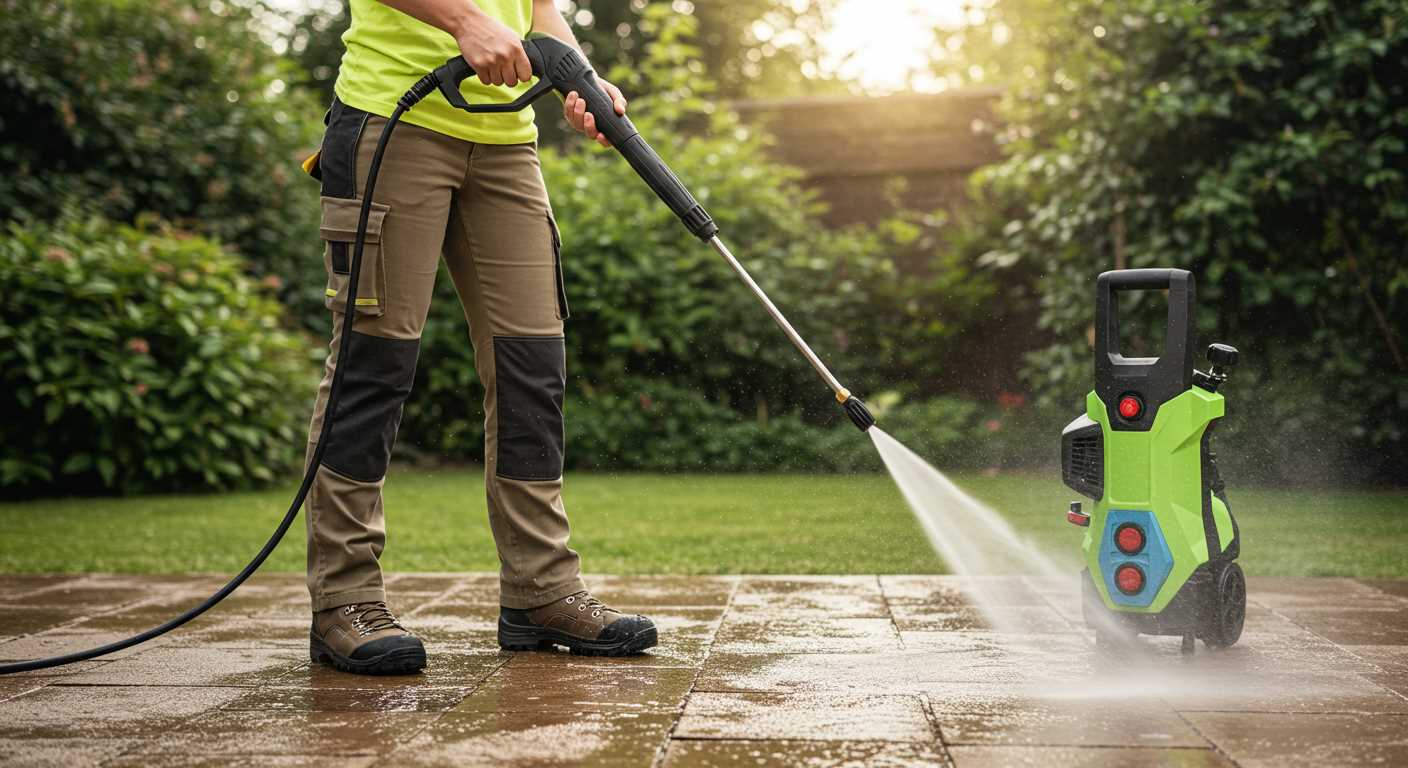
Utilise a wide-angle nozzle for most surfaces, as it applies water gently and evenly. For stubborn spots, a narrow nozzle can provide more focused power but should be used cautiously to avoid scratches.
Distance Matters
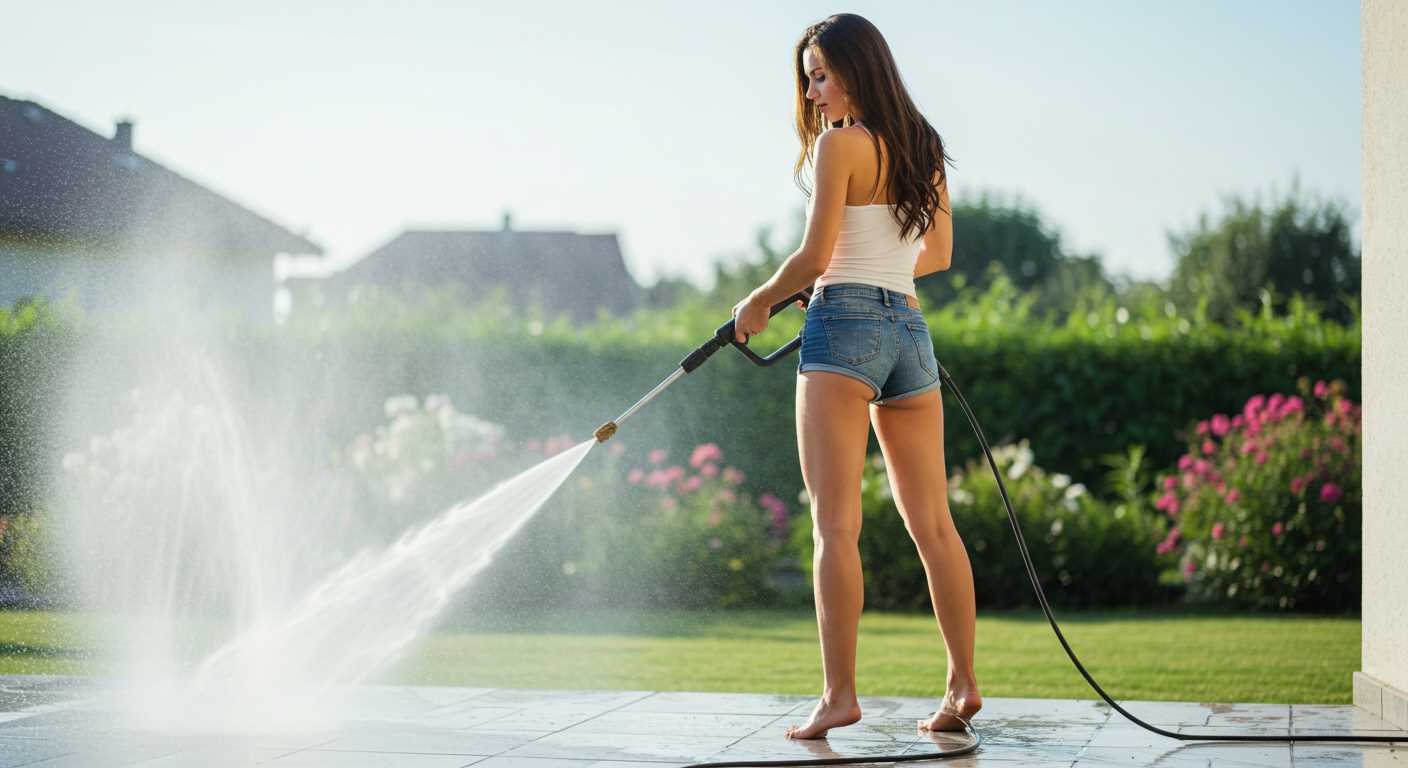
Maintain a distance of at least 24 inches from the surface to prevent excessive force from causing paint chips or scratches. Gradually decrease the distance for more targeted cleaning while observing the impact on the surface.
Recommended Attachments and Accessories for the Job
For optimal results while tidying up your vehicle, consider incorporating the following attachments and accessories:
-
Foam Cannon: This accessory allows for even distribution of detergent over surfaces, ensuring that grime is loosened effectively before rinsing.
-
Rotary Brush: Ideal for agitating dirt and debris, a brush attachment helps to lift stubborn contaminants without scratching the paintwork.
-
Surface Cleaner: Perfect for larger areas, it efficiently covers more ground while maintaining consistent cleaning pressure, reducing time spent on the task.
-
Nozzle Variations: Adjustable nozzles provide flexibility in spray patterns and pressure. A wide-angle nozzle is useful for gentle cleaning, while a narrow nozzle targets tough spots.
-
Long Wand Extension: Helps to reach high or difficult areas without straining, ensuring thorough cleaning of the roof and sides.
-
Detergents and Soaps: Choose pH-neutral options specifically designed for automotive surfaces to protect wax and sealants.
Each of these tools contributes to a more efficient and careful approach when refreshing a vehicle’s appearance. By integrating these attachments into the process, the outcome can be significantly enhanced, promoting both effective dirt removal and the preservation of the vehicle’s finish.
Techniques to Avoid Damage during Cleaning
Always maintain a distance of at least 1 metre from the surface while operating the equipment. This prevents concentrated bursts of water from causing damage to the paintwork or any delicate components. Angle the nozzle away from sensitive areas such as emblems, seams, and windows.
Adjusting the Spray Angle
Utilise the fan spray pattern over a concentrated stream. This disperses the force of the water, reducing the risk of scratches. Adjusting the angle also helps direct the water away from electrical components and trims that are easily damaged.
Routine Inspections
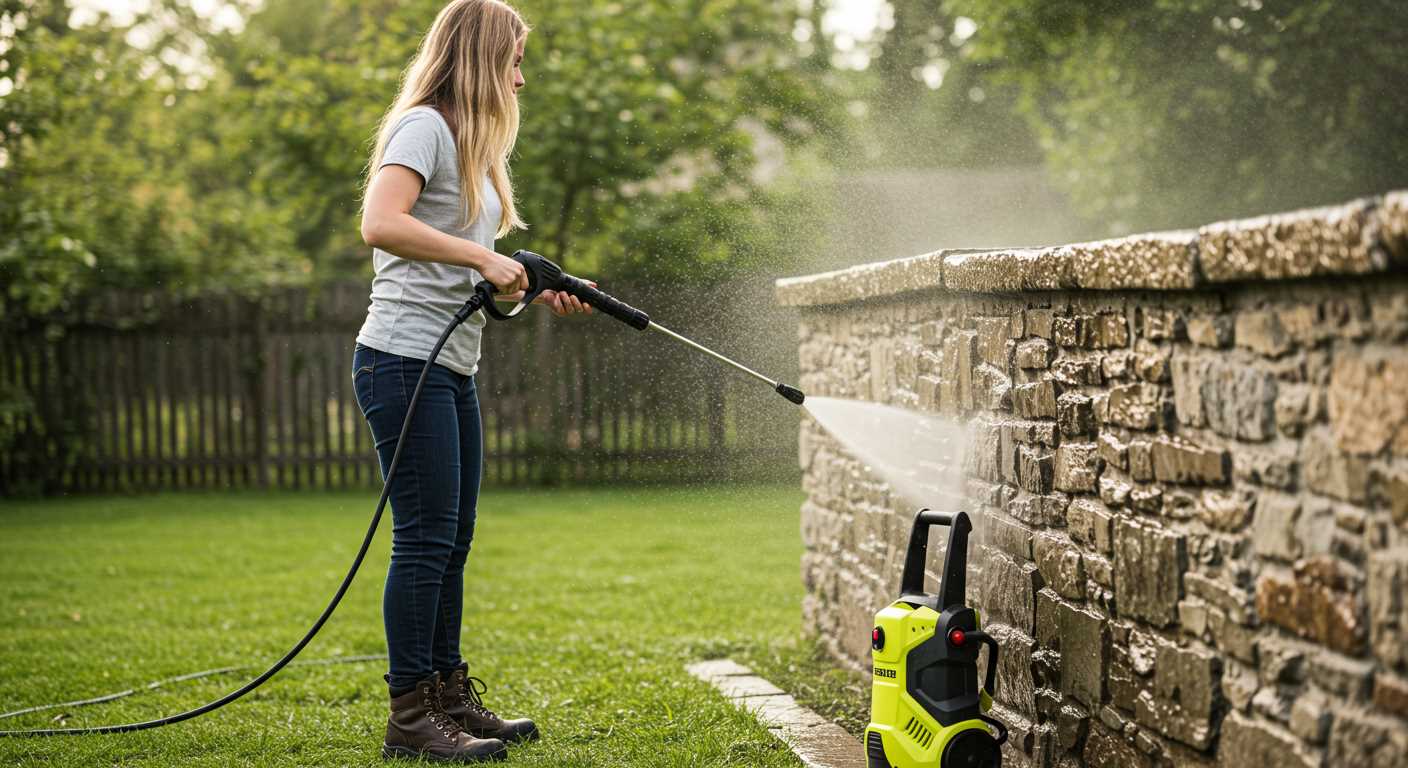
Before starting the process, examine both the vehicle surface and attachments. Look for foreign objects and debris that could scratch or mar the finish. Regularly checking hoses and nozzles ensures no parts are broken or malfunctions can occur during operation.
When applying any cleaning agents, ensure they are suitable for the material and non-abrasive. Always rinse thoroughly to avoid residue build-up that can affect the finish. Additionally, avoid excessive use of harsh chemicals that could lead to long-term damage.
Finally, be mindful of time; prolonged exposure to powerful streams of water can lead to moisture penetrating seals and gaskets, potentially causing leaks. Using these techniques will help maintain the vehicle’s appearance and functionality.
Best Practices for Rinsing and Drying
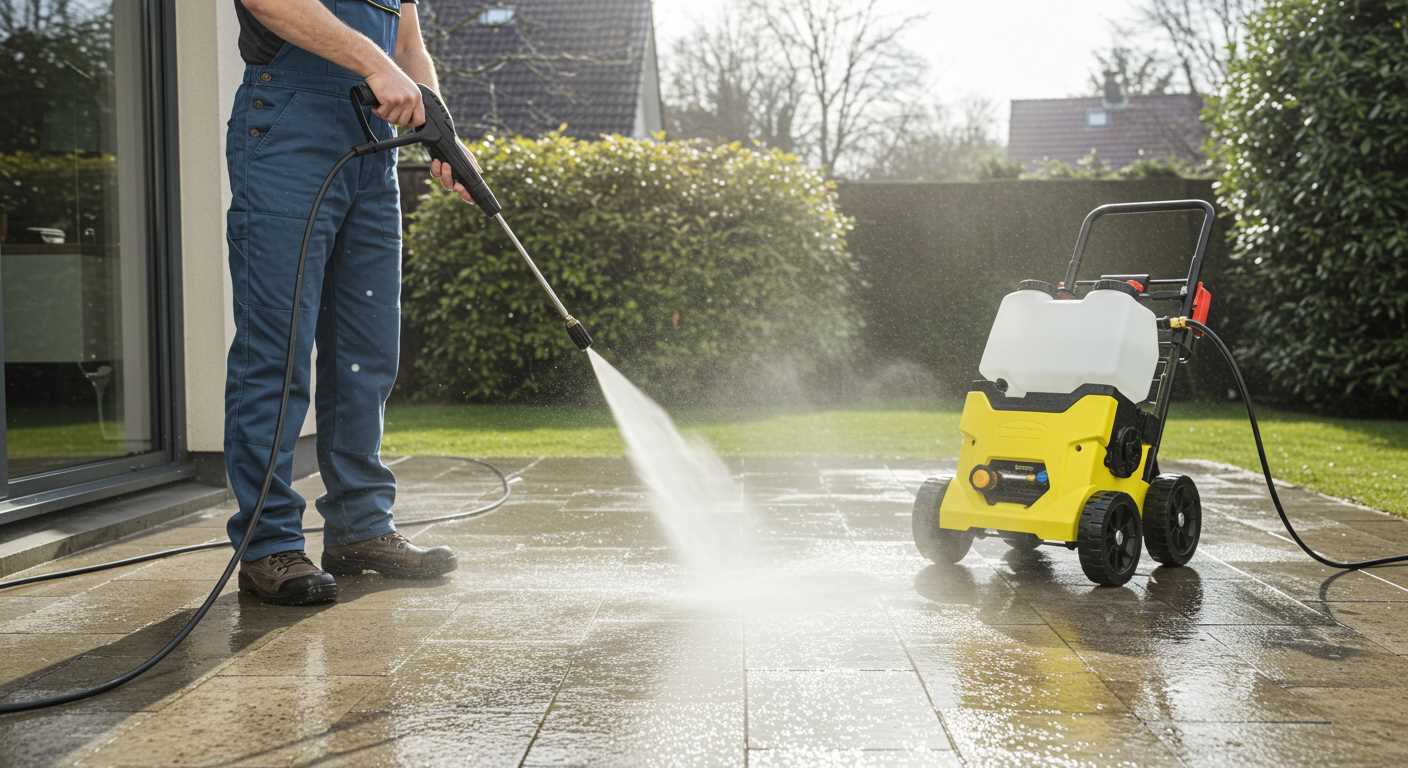
Rinsing thoroughly is paramount. Start from the top and work downwards to ensure dirt flows away from clean areas. Maintain a distance of about 2 feet from the surface while rinsing to prevent forceful water impact that could potentially harm delicate components like mirrors or trim.
Utilise a two-bucket method when rinsing. One bucket should hold clean water for a final rinse, while the other collects the initial runoff. This technique reduces the chance of reapplying dirt to the surface.
Drying demands attention to detail. Opt for microfiber towels or chamois leather, as these materials absorb moisture effectively without scratching the paint. Dry in sections, starting from the top, and use a blotting motion rather than wiping to prevent swirl marks.
Incorporate a quick detail spray after drying. This product can enhance gloss while adding a layer of protection against contaminants. For best results, apply it on a cool surface to avoid streaking from rapid evaporation.
Finally, allow the vehicle to sit in a shaded area which aids in the drying process. Direct sunlight can lead to water spots and hinder the overall aesthetics. Following these methods ensures a spotlessly finished vehicle after every wash.
When to Opt for Manual Washing Instead
For delicate finishes, hand washing is preferable. Any surface with intricate details or areas like side mirrors and trims could sustain damage from a high-pressure flow. If the vehicle has paint chips or scratches, manual techniques prevent further harm.
In cases of heavy contamination, such as mud or off-road debris, starting with a gentle hand application ensures that grit doesn’t become abrasive during rinsing. A pre-soak with soap and water allows for better grime removal without risking surface integrity.
Older vehicles with sensitive paint may benefit from traditional washing methods. The lack of high pressure reduces the risk of peeling or damaging the finish. For classic cars or those with unique finishes, a soft cloth approach ensures a thorough yet gentle clean.
If the temperature is low or conditions are windy, manual washing is a wiser choice. Low temperatures can cause water to freeze on the vehicle’s surface, leading to potential damage. Wind can also carry debris into vulnerable areas when using high-pressure waters.
After a thorough inspection, if the vehicle has specific issues like leaks or loose parts, opting for a manual approach ensures that no additional strain is placed on these elements during cleaning.









